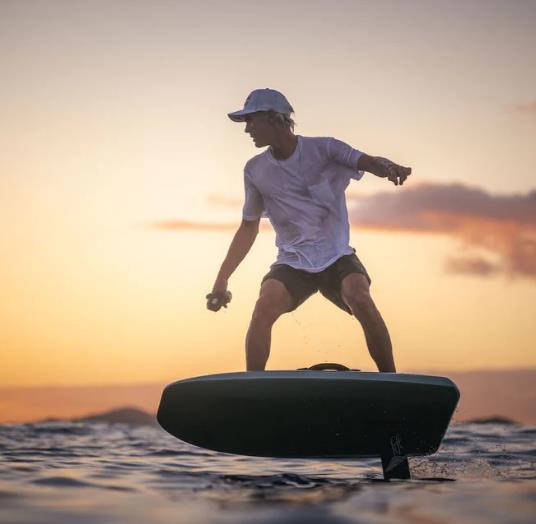Water Surf Board: What You Need to Know
Entering the world of surfing can be as exhilarating as it is overwhelming, with the vast ocean of choices available. At the heart of this aquatic adventure is the surfboard, your primary tool for tackling the waves. Understanding the nuances of a water surf board is crucial for both beginners and seasoned surfers looking to make an informed decision. Here's what you need to dive into.

Choosing the Right Size
The size of your surfboard can significantly impact your surfing experience. For beginners, a longer and wider board, typically ranging from 7 to 9 feet in length, offers stability and ease of catching waves. Intermediate and advanced surfers might opt for shorter boards, between 5.5 to 6.5 feet, which offer greater maneuverability and speed but require more skill to control.
Material Matters
Surfboards come in various materials, each affecting the board's performance, durability, and price. Popular options include:
- Foam: Lightweight and buoyant, foam boards are ideal for beginners. They are forgiving during falls and easier to handle, with prices often in the $100 to $300 range.
- Fiberglass: Offering a balance between performance and durability, fiberglass boards are a go-to for intermediate to advanced surfers. Prices range from $500 to $1,000, reflecting their quality construction and finish.
- Epoxy: Known for their durability and lighter weight, epoxy boards suit a wide range of skill levels. They typically cost between $600 and $1,200, depending on size and design.
Understanding Board Shapes
The shape of a surfboard influences how it rides on the waves. Some common designs include:
- Shortboards: Agile and designed for quick turns, shortboards are perfect for experienced surfers looking to perform tricks and navigate sharp sections of waves.
- Longboards: Their length provides stability and ease of catching waves, making them ideal for beginners and those who enjoy a smoother, more relaxed ride.
- Fish: Shorter and wider than traditional shortboards, fish boards offer stability and are good for small to medium wave conditions.
Fin Configurations
Fins play a crucial role in the control and stability of a surfboard. Single-fin boards offer a classic, smooth ride, while multi-fin setups, such as twin, thruster, and quad, provide varying degrees of control, speed, and maneuverability. Choosing the right fin configuration depends on your surfing style and the wave conditions you prefer.
Price Points
The cost of a water surf board can vary widely based on material, size, brand, and additional features like custom artwork. Beginners might find quality entry-level boards from $200 to $400, while more experienced surfers looking for performance-oriented boards should expect to pay anywhere from $500 to over $1,000.
Caring for Your Board
Maintaining your surfboard is essential for its longevity. Rinse it with fresh water after each use, keep it out of direct sunlight when not in use, and store it in a padded bag to prevent dings and scratches. Regular maintenance will ensure your board stays in top condition for years.
Diving In
Whether you're about to catch your first wave or are looking to upgrade your ride, understanding the key factors about water surf board selection is the first step towards an unforgettable surfing experience. From choosing the right size and material to considering the shape and fin configuration, each decision plays a part in how you interact with the waves. With the right board under your feet, the ocean is yours to explore, offering endless adventures and the thrill of the surf.